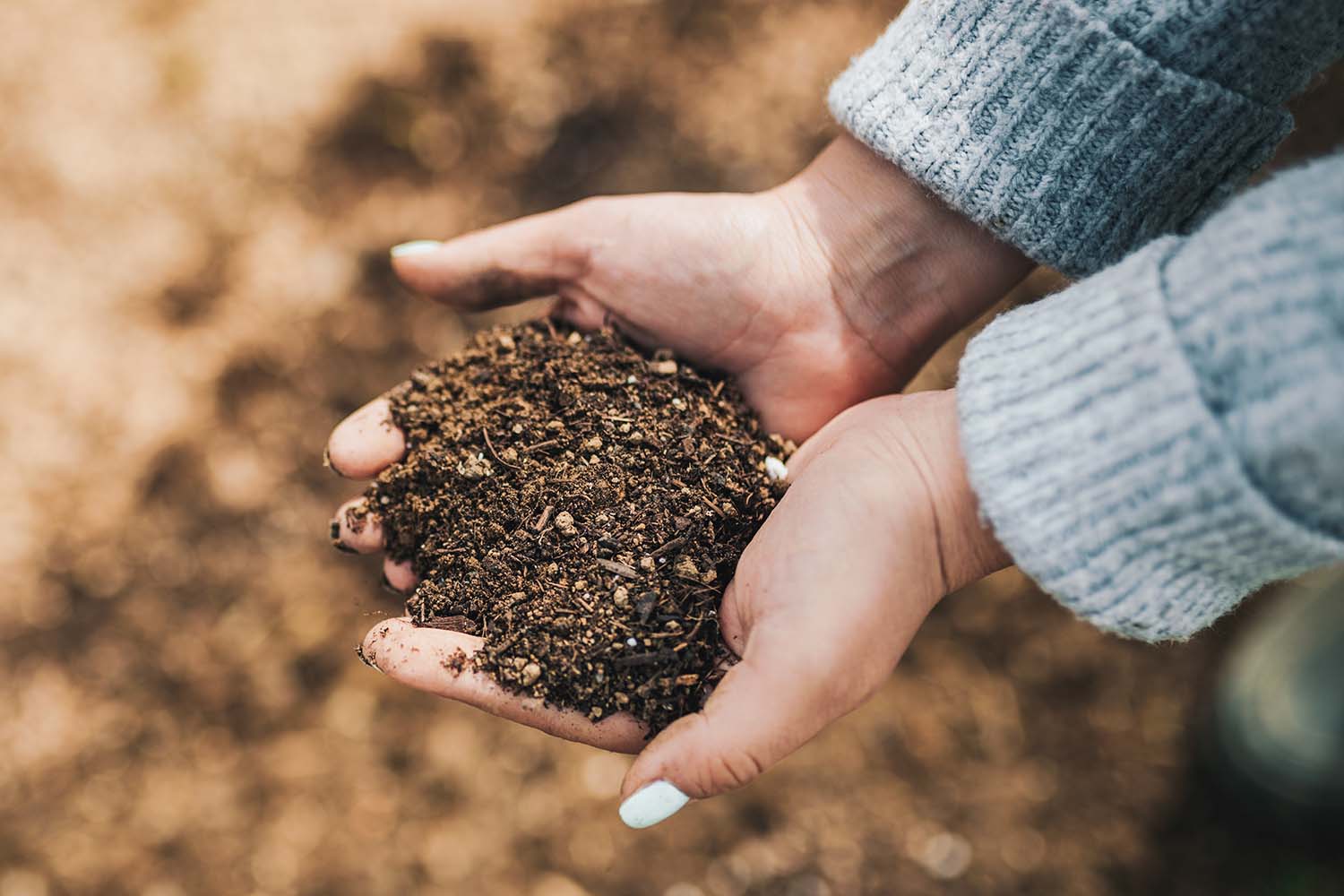By MIKE RALEY WPTF Weekend Gardener
One of the most economical and practical things you can do for the plants in your landscape and vegetable garden is to start a compost pile. We’ve discussed it fairly often on the “WPTF Weekend Gardener” over the last 40 years. The first step is to find a relatively shady well-drained location in your back yard. You don’t have to buy a container, just build your own or find a proper spot on the ground. A wire cylinder 3 to 4 feet in diameter will work or build a three-sided box that’s 4 to 5-feet high and wide. However, if you prefer, ready-made bins are easy to find.
It is amazing how much your soil will thank you after you have incorporated good quality organic matter. It aerates the soil, provides nutrients, helps roots grow down farther into clay, preserve moisture and when placed on top of the soil, controls weeds and reduces erosion.
There are actually a couple of composting methods that our old friend and NC State horticulturist Larry Bass recommended-the “hot” and “cold” ways. The cold style is what most home gardeners use because it requires less attention. You add to it gradually as you have the right materials to add to it. This normally takes 3 to 12 months for decomposition. The “hot” method is much more deliberate and procures compost in a much shorter time. If you add your green and brown materials, and monitor and turn at least weekly, you will likely have a quicker batch than just adding compost materials and turning occasionally. Reaching the correct ratio of those carbon and nitrogen (green and brown) materials will hasten the process. It also evolves stockpiling materials and being more fastidious about your compost pile care.
To get your compost pile started, add a 6-inch layer of “brown” organic matter to the bottom of the container. Then add a 2 to 3 inch layer of “green” organic matter. The following items are possible additions: hay, straw, pine needles, leaves, kitchen scraps (egg shells, old bread, vegetable and fruit scraps), cow, chicken, or turkey manure, old vegetables, flowers, or trimmings from trees and shrubs, sawdust, wood chips, and weeds.
Not all organic matter is good for the compost pile. Avoid adding kitchen scraps like meats, oils, fish, dairy products, and bones. They attract unwanted animals, such as rats and raccoons, to the pile. Weeds that have gone to seed or that spread by their roots, diseased or insect-infested vegetable or flower plants, or herbicide-treated grass clippings should be avoided.
A properly constructed compost pile will heat up to a fairly high temperature; and while “hot” compost piles kill off many diseases, weed seeds, and insects, it’s not a sure thing Some of these unpleasant guests may survive to invade your garden again. What you put in the compost pile is up to you — just remember that it needs to be organic material.
Now that you have your compost pile started with a layer of brown and green organic matter, repeat the layering process, watering each one as you go, until the pile is 4 to 5-feet tall filling the bin. Don’t forget to water but avoid making your pile soggy. The compost pile needs the water in order to heat up and “cook”. Remember a smaller pile won’t heat up.
There is also vermicomposting which relies on earthworms and microorganisms to accomplish the same task. My Uncle Eugene Edens owned a country store in Franklin County for decades and utilized this method. However, he was mainly growing earthworms and selling them to fishermen.
Do keep in mind that whatever method you use to make compost, it is going to turn out to be an insignificant amount when you take into account the volume of product you may need. I usually go for the easiest method to get a good quality compost in the amount needed. I buy it! But be adventurous and try it anyway. It could give you a sense of accomplishment, just like the art of gardening itself.




